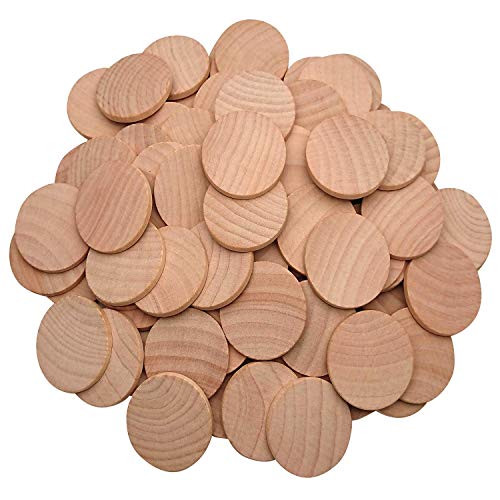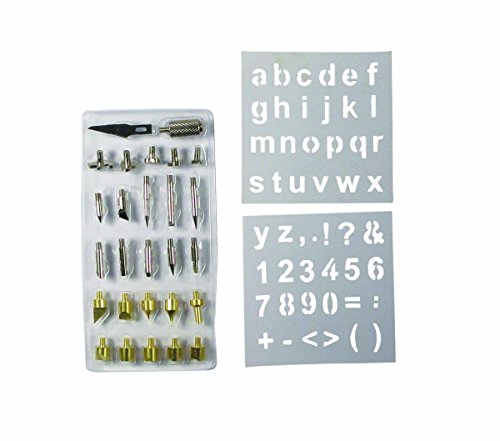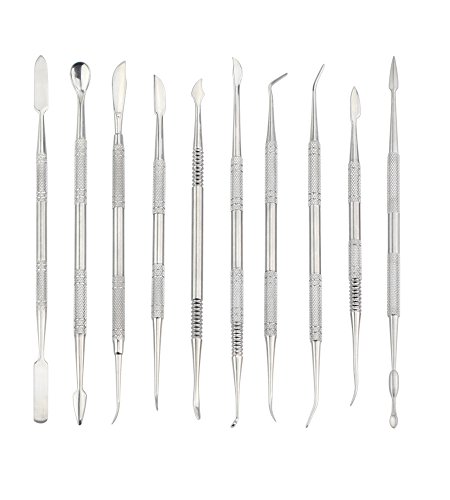Craft Your Dream Projects with Woodworking.Shopping
Find all your woodworking tools and materials on our homepage!
Browse ProductsFeatured products
View All Featured Products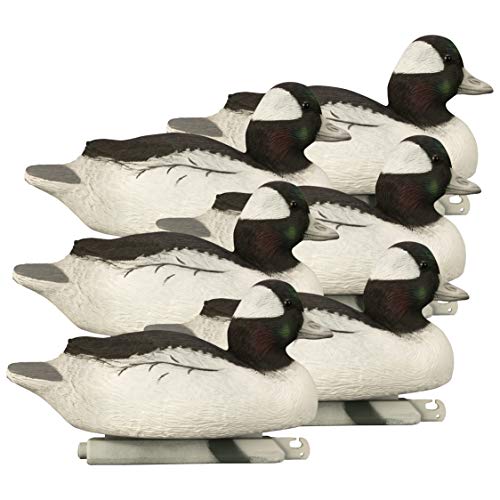
Higdon Outdoors Battleship Bufflehead Duck Decoys,...
Product Review Score
4.97 out of 5 stars
230 reviews$119.99
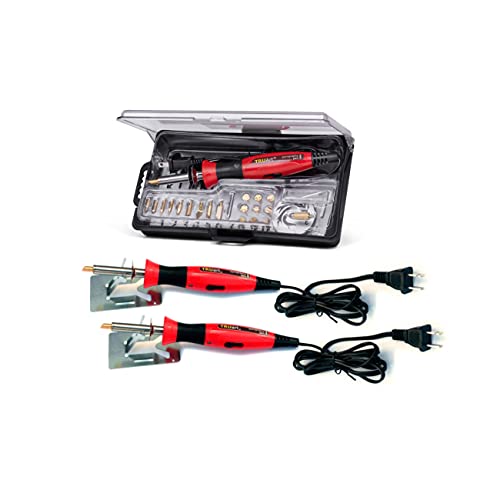
TRUArt Wood and Leather Pyrography Pen Set + 2 Ext...
Product Review Score
4.82 out of 5 stars
194 reviews$65.95
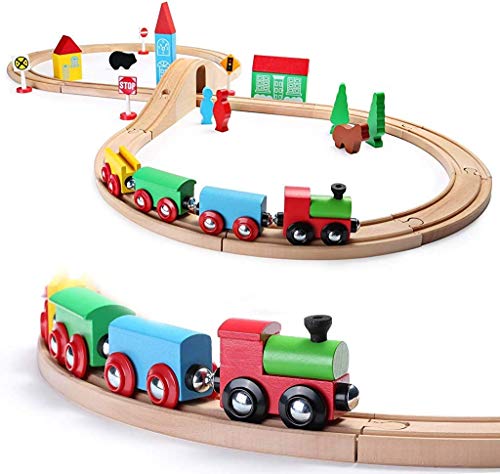
SainSmart Jr. Wooden Train Set for Toddler with Do...
Product Review Score
4.84 out of 5 stars
74 reviews
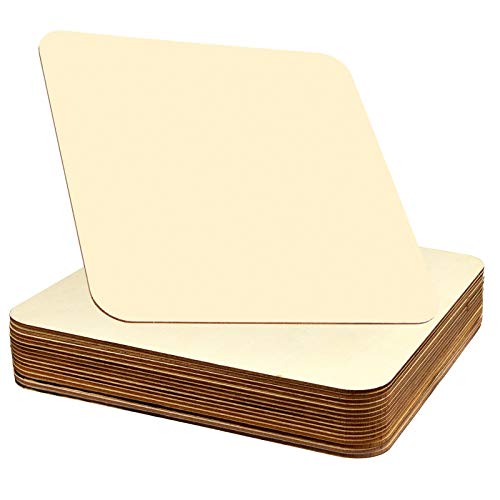
16 Pieces 9 x 9 Inches Unfinished Squares Blank Wo...
Product Review Score
4.36 out of 5 stars
167 reviews$19.99
Featured Categories
Featured Articles
Save With Our Special Offers
Check out our best offers and discounts on top-quality items. Our offers change regularly, so make sure you don't miss out!
View Special OffersSome words from our happy customers
I've searched everywhere, and their prices are the most competitive, plus the shipping was really quick. I'm one happy customer!
Leilani Hirthe, Florence, Italy
The remarkably cheap prices made me unsure at first, but everything transpired without a hitch. I saved more than I could at any other store!
Wade Durgan, Strasbourg, France
An incredibly cost-effective choice and speedy delivery make me a truly contented customer. They've set the bar high!
Bruce Hermann, Zaragoza, Spain

